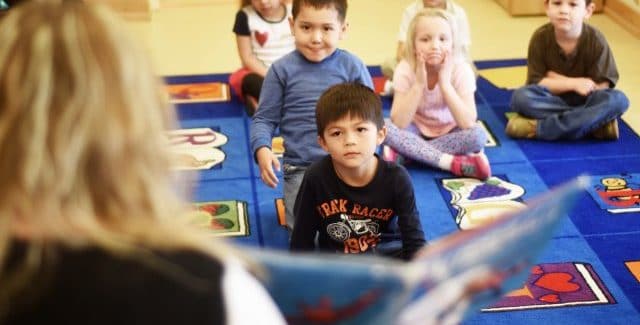
The dog days of summer are not typically associated with school, but the summer of 2025 has marked the hundredth anniversary of two pivotal events in the history of American public schools.
One is well known but arguably misunderstood. The “Scopes Monkey Trial” is famed as a showdown over the teaching of evolution in public schools. While the creation side technically won that courtroom battle, the media coverage ensured that the fundamentalists lost the broader cultural war. The case now serves reasonably as a marker for the start of establishing secularism in American public schools.
The second milestone is less remembered but hardly less important. Like Scopes, it too ultimately revolves around the establishment of religion in American public schools.
In 1922, Oregon voters, with the support of Governor Walter M. Pierce and the backing of the Ku Klux Klan, passed a ballot initiative amending Oregon’s Compulsory Education Act to require parents to send their children to public schools, effectively targeting parochial schools—especially Catholic—for elimination. This led the Society of Sisters of the Holy Names of Jesus and Mary to sue the governor. Winning an initial injunction against the law, the case wound its way through the American judicial system until in 1925 the U.S. Supreme Court upheld the injunction and struck down the law as a violation of parental rights protected under the due process clause of the 14th Amendment.
In Pierce v. Society of Sisters of the Holy Names of Jesus and Mary, the Supreme Court declared, “The fundamental theory of liberty upon which all governments in this Union repose excludes any general power of the state to standardize its children by forcing them to accept instruction from public teachers only. The child is not the mere creature of the state [emphasis added]; those who nurture him and direct his destiny have the right, coupled with the high duty, to recognize and prepare him for additional obligations.”
This ruling, frequently cited subsequently in a grand variety of personal civil liberty cases, has for 100 years protected parents’ right to determine the education of their children rather than being forced to submit to the state.
However, as important as that right remains, parents wishing to exercise it have had to bear the significant financial burden of doing so while their tax dollars funded “free” public education for other people’s children.
Both real and opportunity costs often prevent many parents from exercising this fundamental right. Nevertheless, some may dismiss these costs as a natural consequence of personal choice. Similarly, many justify the tax structure by the state’s natural interest in shaping future citizens—a point acknowledged by the Society of Sisters’ lawyers in 1925. However, scholar Charles Glenn has long advocated for public support of school choice, noting that most Western democracies, “provide public funding to accommodate the desire of families for schools that reflect their religious convictions.”
Yale professor Nicholas Wolterstorff highlights the irony. He remarks: “A society founded on the principle of liberalism, that everybody shall be allowed to pursue his or her own vision of the good, thinks its continuance depends on pressuring parents into sending their children to schools where something other than their vision of the good is taught.”
So, in other words, for decades America has been out of step with Western civilization and arguably its own founding ethos.
Now, the winds of change seem to be finally blowing as a sea change (particularly over the past five years) has taken place in America’s schools’ systems as parents have increasingly demanded choice—religious and otherwise—be not merely tolerated but publicly supported.
Decades of disastrous test scores, unwieldy consolidated schools, countless tax dollars, radicalized unions, culture wars, violence, and Covid-19 pandemic policies have families reevaluating their trust in public education. In response, numerous state legislatures have introduced publicly funded educational options, including vouchers and education savings accounts, allowing parents to use tax dollars to support their school choices.
This movement has gained so much traction that American Enterprise Institute fellow Robert Pondiscio recently asserted that, “Soon, more than half of U.S. families with school-age children will have the option to educate their children privately with public funds.”
With President Trump proposing to reduce and perhaps eliminate the Department of Education, as well as including the Educational Choice for Children Act (ECCA) in the passing of his One Big Beautiful Bill Act, unprecedented steps are now being taken to empower parents.
Additionally, organizations such as Moms for Liberty and the Teacher Freedom Alliance are starting to succeed in breaking the power of the radicalized teacher unions and school boards. As a result, control over education is shifting, for the first time in decades, away from centralized authority and back to local communities and parents.
One hundred years ago, the United States correctly recognized that a child is not a mere creature of the state, but tax and school structures have long worked against this principle. In the ensuing decades, the establishment of secular humanism in American public schools only made these structures increasingly onerous, particularly on the religiously minded.
Now, on the hundredth anniversary of the Pierce decision, momentum is building to make this old recognition a new reality.

